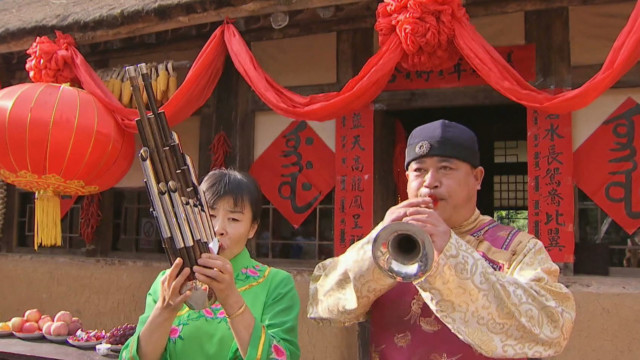China has 56 ethnic minority groups- all with their own traditional customs, dresses and cultures.
CCTV’s John Metherell looks at what the largest five ethnic minorities have to offer the rest of China and the world.

The Zhuang ethnic minority may only represent about 1.25 percent of China’s population, but at almost 18 million people, they are about the same numerically as the population of Chile.
Rice and corn are staple foods, along with a variety of vegetables and meats.
Zhuang brocade is one of four major Chinese brocades, originating in the Song Dynasty. They are woven with colorful cotton, silk and flax threads.
Although widely distributed throughout China, the Hui minority’s diet is based around wheat products, rather than rice.
Beef and mutton feature highly in their diets. But as Muslims, pork and beasts of prey, such as wolves, are forbidden.
The Manchu excel in horsemanship and archery. As children, both boys and girls ride horses and hunt with wooden bows.
The traditional dress for both men and women is the qipao, with women’s robes heavily embroidered.
Men’s qipaos were tailored for easy movements on horseback.
During the Qing Dynasty, this form of dress became popular across the country and the basis of China’s national dress as the Manchu came to rule China in the Qing Dynasty.
Many Uygur celebrations are connected to their Muslim religion.
When preparing animals for ceremonial banquets, the meat is divided into three parts. The first is for the family; the second for relatives and friends; and the third portion is donated to the poor.
Traditional dance also features strongly in the traditions of the Miao ethnic minority. Their music features a traditional instrument, the Lusheng, made from bamboo.
Tourists in their south China regions are often entertained by colorful festivals. They are the sort of ceremonies that Chinese ethnic minorities can carry beyond the boundaries of their traditional regional areas.
 CGTN America
CGTN America
